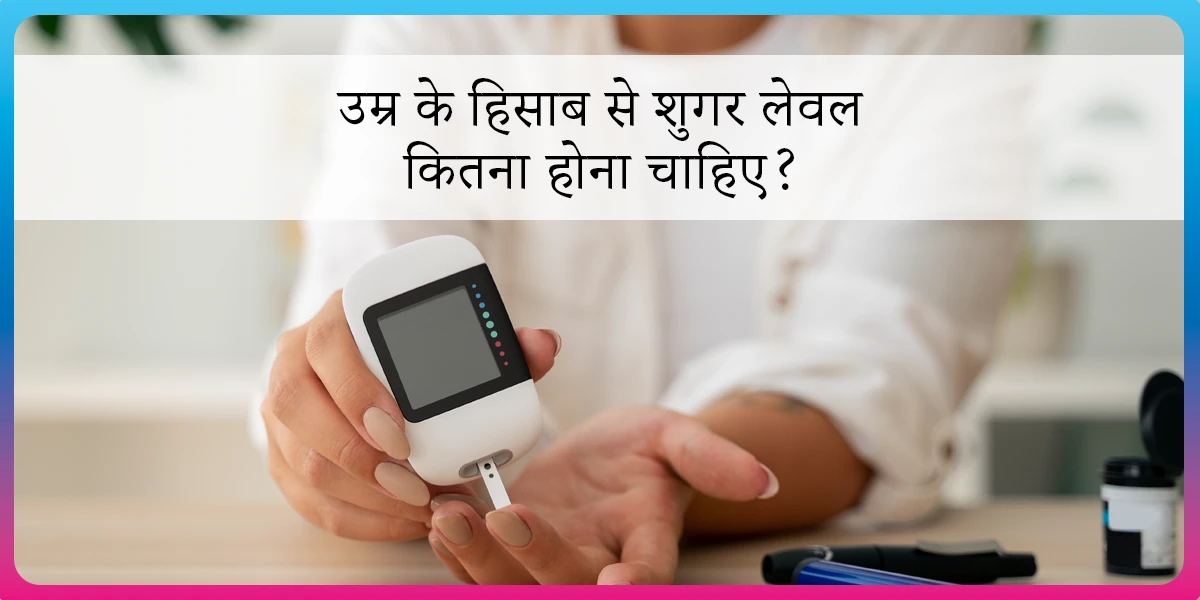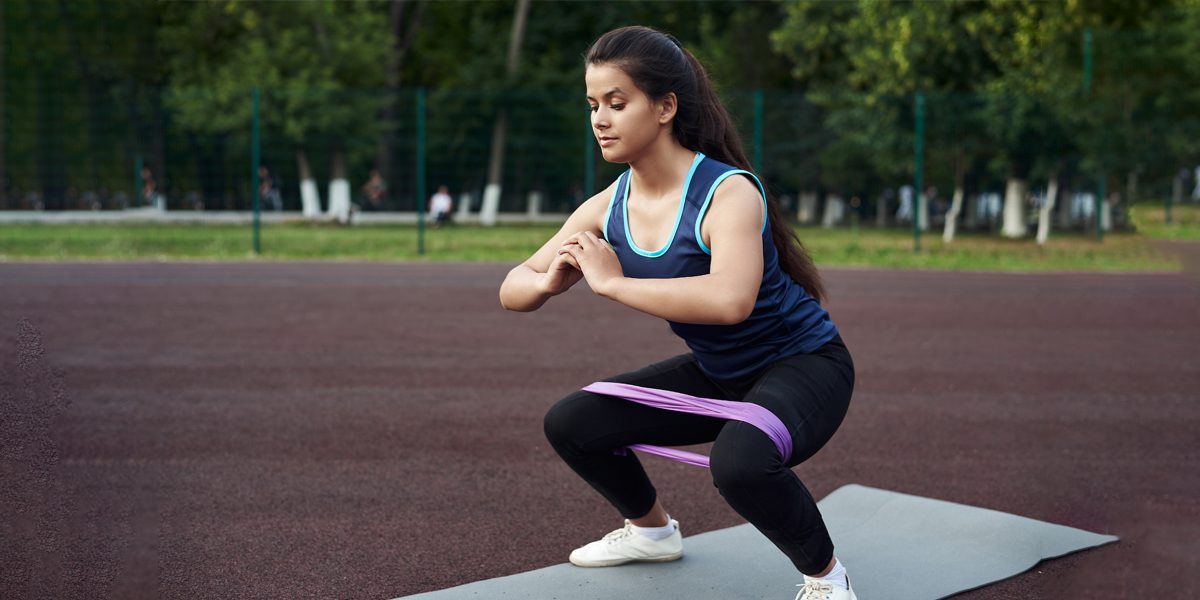Diabetes Foot Ulcer: Symptoms, Prevention and Treatment
Diabetes can take a toll on nearly all organs of your body from head to toe. And, if you don’t make an effort to handle it correctly on time, you could set yourself up for multiple complications.
These include heart disease, nerve damage, kidney problems, stroke, eye disease, gum disease, non-healing wounds and skin infections. And when you have uncontrolled diabetes, your feet can also be a source of serious complications like diabetes foot ulcers.
Prevalence of Diabetes Foot Ulcers in Indians
Medical research has shown that the burden of diabetes foot ulcers in the Indian population is enormous.
Around 15% of Indian patients with diabetes will develop foot ulcers in their lifetime. Out of which, 85% of the cases will undergo amputation (surgical removal of the affected part)1.
Additionally, India is the most expensive country for diabetes foot ulcer care, as 5.7 years of an average patient’s income is required to pay for the treatment².
Did you know?
Approximately 45,000 lower limbs are amputated annually in India, and most of these can be prevented. (Source: Int Surg J. 2015)
Don’t struggle alone & get the expert care you deserve
What is a Diabetes Foot Ulcer and Its Symptoms?
A diabetes foot ulcer is defined as a group of syndromes in which a patient with diabetes will have nerve damage (neuropathy), lack of blood supply (ischemia) and infection that leads to tissue breakdown and possible amputation1.
Therefore it is critical that you should inspect your feet daily for the following symptoms:
- Any changes to the skin like calluses, sores, blisters, cuts, burns, and ingrown toenails ‒ all of these can eventually lead to diabetes foot ulcers.
- Discharge of fluid or pus.
- Foul smell.
- Pain & swelling.
- Redness with skin discolouration.
To confirm the diagnosis of diabetes foot ulcer, your doctor will examine your toes and feet for the infection. They will check for numbness in the feet, assess your blood sugars and order other tests like MRI/X-ray of the affected part to evaluate how deep into the soft tissues has the infection penetrated.
Diabetes Foot Ulcer: How is It Treated?
The gold standard treatment of diabetes foot ulcers includes:
- Removal of the dead and infected skin tissue to promote wound healing.
- Management of the infection with the help of oral or injectable antibiotics.
- Offloading the wound with the help of a wheelchair or crutches to take the weight off the affected foot.
Depending upon the severity of the infection, your doctor may recommend hospitalization. Sometimes it may require amputation to prevent infection from spreading to other parts of the body.
Diabetes Foot Ulcer: Know Your Prevention Strategy
As you live with diabetes, you might be afraid that you might lose a toe, foot, or leg or might know someone who has already lost it. But that doesn’t mean that you can’t lower your chances of having diabetes-related foot problems.
Yes, you can do it by controlling your blood sugars and taking care of your feet daily. Here is how you can prevent diabetes foot ulcers:
- Keep your blood sugars under control to prevent diabetes-related neuropathy, ischemia and infection. You should strictly adhere to the diabetes treatment plan advised by your doctor that includes medications and regular blood sugar monitoring. Additionally, as recommended by your doctor, switch to healthy lifestyle choices to control your blood sugars.
- Use diabetes footwear to prevent wounds, sores and moisture build-up. These include:
- Compression socks are therapeutic footwear recommended by the American Diabetes Association to help aid in circulation in the feet. They are made up of soft, breathable, moisture-wicking fabric that keeps your feet dry.
- Padded socks help prevent blisters and calluses that can otherwise increase the risk of diabetes foot ulcers.
- Right shoes with comfort, extra cushioning, and full coverage to better protect your feet from unwanted injury/cuts. They should have built-in features to prevent blisters.
For expert guidance, you can try Diabefly, a Diabetes Management Program that offers 360-degree care with its team of 3 coaches, including a Nutritionist & Diabetes Educator, a Certified Physiotherapist and a Clinical Psychologist.
Here are a few footwear tips that can help choose the right shoes to prevent or delay the onset of diabetes foot ulcers:
- Avoid shoes with pointed toes that can create pressure.
- Avoid flat sole shoes or high heels because they don’t evenly distribute the foot pressure.
- Look for styles that have soft insoles for extra support.
- Prefer leather, canvas, or suede styles to allow proper circulation of air. Don’t buy plastic or other materials that don’t allow the shoe to ‘breathe’.
- Opt for footwear with laces, buckles, or velcro to make it easier for you to adjust the shoe.
- Take care of your feet, toes and nails regularly.
Here are a few things that you should make a part of your foot care routine:
- Check your feet and in-between your toes every day for any changes.
- Trim your toenails and keep them short using a straight-edge toenail clipper to avoid the risk of ingrown nails.
- Use a foot file for smoothing any corns or calluses. You can swap the manual foot file with the electronic one to get the job done faster. But be careful of the pedicures as unsterile tools can put you at risk for infection.
- Use talcum powder between the toes to prevent moisture build-up.
Treat Your Feet Right by Controlling Diabetes With Diabefly
Diabetes feet are at risk for ulcers, which may go unnoticed by you. Controlling your blood sugars is the first step to preventing any diabetes-related complications, including diabetes foot ulcers.
You can prevent hospitalization, permanent deformity, and amputation by keeping a check on your diabetes. To get your diabetes in control naturally, complement your doctor’s prescription with Diabefly.
Our team of Diabefly Coaches will closely monitor your blood sugar levels using the latest health technology. Accordingly, they will design a customized lifestyle plan that includes all three – nutrition, physiotherapy and psychology services to help keep your blood sugars in the target range.
For more information, visit our website www.fitterfly.com/diabefly or speak to our counsellors at +91 2248971077 (Ext 1).
This blog provides general information for educational and informational purposes only and shouldn't be seen as professional advice.
Don’t struggle alone & get the expert care you deserve



 References
References










It really helped when you explained how we’d prevent diabetic foot ulcers and the importance of doing it. Not long ago, my sister’s husband got diagnosed with diabetes. They’re still getting the hang of it, and they’re learning everything about diabetic care, so I’ll email your guide about using diabetes footwear to avoid wounds.